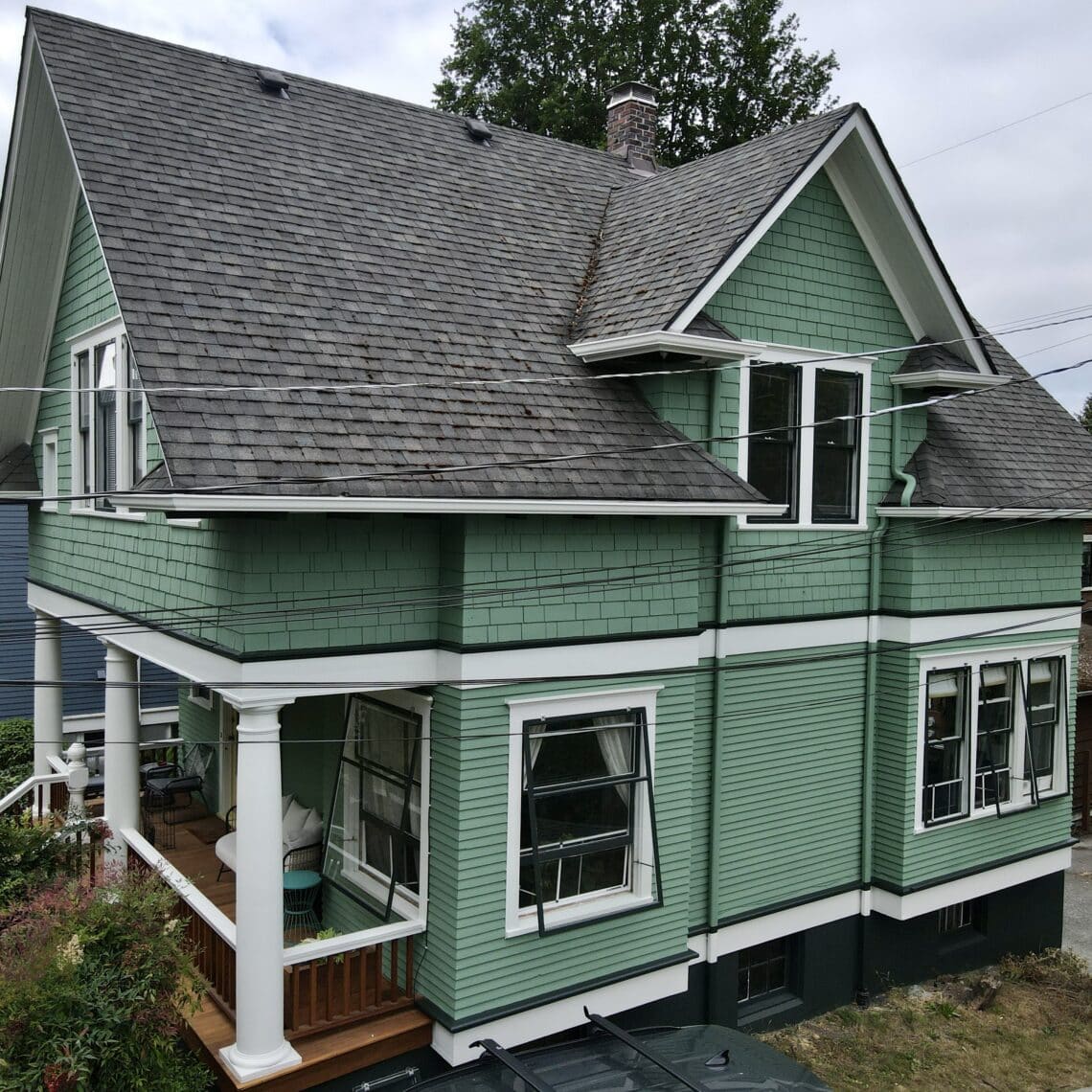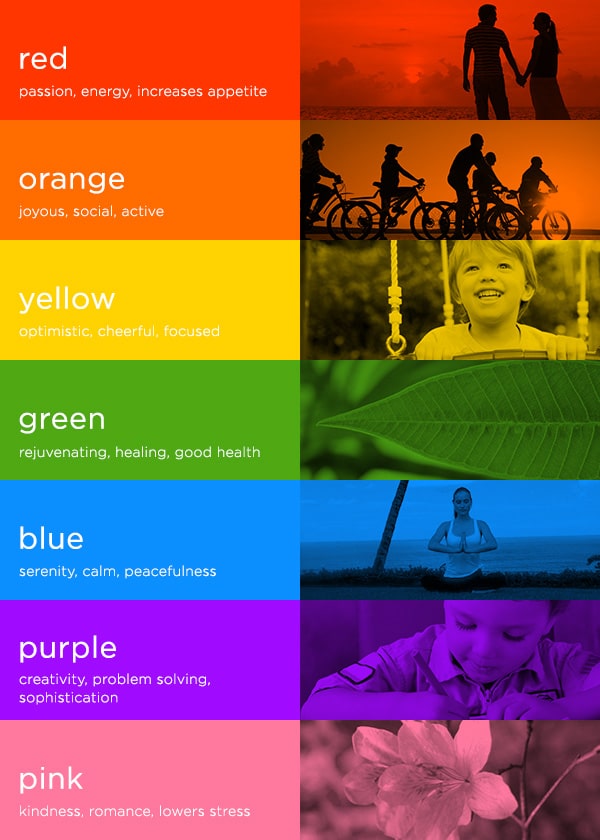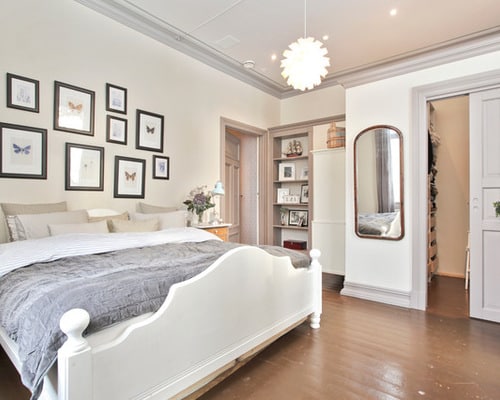(206) 258-6676

Paint Colors & Mood
You may feel inspired to choose paint colors that evoke a certain mood or feeling for your next project. Color psychology refers to the study of our emotional and behavioral responses to colors. here, we’ll discuss some insights from color psychology to help you plan your living spaces and color schemes.
Please not, emotional responses to certain colors may be subjective, as variances in cultural significance and personal preferences play a role in our perceptions. Here, we’ll discuss some of the commonly held beliefs of color psychology.
Bright Colors

Blue – Blue is said to have a calming or sedating affect. It has even been said that blue hues can slow your pulse rate, lower your body temperature, and even reduce your appetite. For these reasons, blue hues are perfect for creating a relaxing environment in a bedroom.
Green – Green also has a calming effect, and it is also associated with health and vigor. It evokes feelings of the natural world, and its resemblance to vegetables make it a good choice for dining rooms and kitchens, as well as bedrooms.
Red – Red is perhaps the most stimulating of paint colors. It is said to evoke excitement and energy, and physical responses to the color can include increased respiration and heart rate. However, the colors can evoke different responses depending on the shade and context, as it may be associated with deep feelings of anger or love. It can still be a great choice for a bedroom or living/dining space, and works particularly well on accent walls.
Yellow – yellow is a very popular interior paint color, perhaps because it emotes the most happiness! Sunny yellow paint colors tend to evoke feelings of happiness and optimism. For this reason, it’s appropriate for nearly any area in your home.
Purple – As more eccentric color, purple may be most easily utilized in muted shades or those with a red undertone. Purple is often associated with royalty and creativity.
Orange – Orange is another eccentric color that when used appropriately can evoke feelings of energy and warmth. Orange accents are a great choice for social areas such as living or dining rooms.
Neutrals
Black – Black is usually best used in small doses, as a conservative use of black on accent pieces or trim can create a sophisticated, elegant look. However, too much black may convey feelings of dreariness or depression.

White – white is generally associated with purity and cleanliness. It creates contrast when used on trim against other colors, or the other way around. Remember when selecting your colors that white paints usually have some kind of undertone, as very few paint colors are actually pure white.
Brown – Another color reminiscent of nature, brown is said to bring about feelings of stability and security. Natural browns, beiges, and tans can add an organic and calming feeling to almost any space.
Gray – Gray is of the most popular neutral colors for interiors due to its elegance and versatility. It is associated with wisdom and intellect. Warm grays (sometimes called “greige”) tend to be more stimulating while cool grays evoke feelings of calmness. In general, this holds true for all colors. Keep this in mind when evaluating warm vs. cool undertones of any color.
Do you have anything to add about any of these paint colors or your experiences with interior decorating? Please leave us a comment below!

Comments
That is very interesting; you’re a very skilled blogger.Thanks for distribution knowledge regarding some Paint Colors & Mood
This is very interesting. I never realized colors could have such an effect on the mood! Thanks for posting this information!
yes paint color and mood this are combination